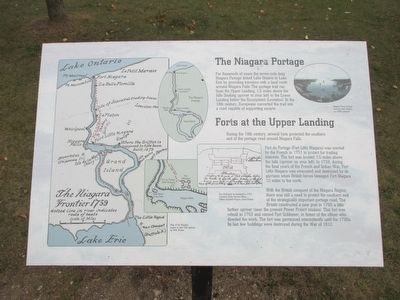Welcome to the Anderson County Courthouse, a cornerstone of history and governance in Garnett, Kansas. Established as the seat of government for Anderson County, this courthouse has been a witness to over a century of local history. Designed by the architect George P. Washburn in the Romanesque Revival style, the building was constructed between 1901 and 1902 by the contractors Latimer & Benning at a cost of $75,000. Its distinctive features include a prominent bell tower and four corner towers capped with conical roofs, lending the courthouse a castle-like appearance that stands as a proud sentinel in the heart of Garnett.
The courthouse’s entrances are graced with fan-shaped windows and stone arches, while the third-floor windows are linked by a continuous band of stone, creating a harmonious architectural rhythm. This structure was recognized for its historical significance when it was listed on the National Register of Historic Places in 1972.
The Anderson County Courthouse is more than just a building; it is a repository of stories and events that have shaped the community. Within its walls, decisions have been made that impacted the lives of citizens, from routine civic matters to pivotal moments in local governance. The courthouse also houses the Anderson County Museum, where visitors can explore exhibits that delve into the region’s rich history, including its early settlers, agricultural roots, and the notable events that have defined Garnett over the years.
Visitors to the courthouse can also learn about influential figures from Garnett, such as William Allen White, a renowned journalist and editor of the Emporia Gazette. His contributions to journalism and his connection to Garnett highlight the broader cultural and historical tapestry of the area.
From its architectural grandeur to its role in the community, the Anderson County Courthouse stands as a testament to the resilience and growth of Garnett. Whether you’re exploring the museum or simply admiring the building’s design, the courthouse offers a tangible connection to the past and a glimpse into the stories that continue to shape the present.


